
Puzzles Abound in Steve Allen Interview
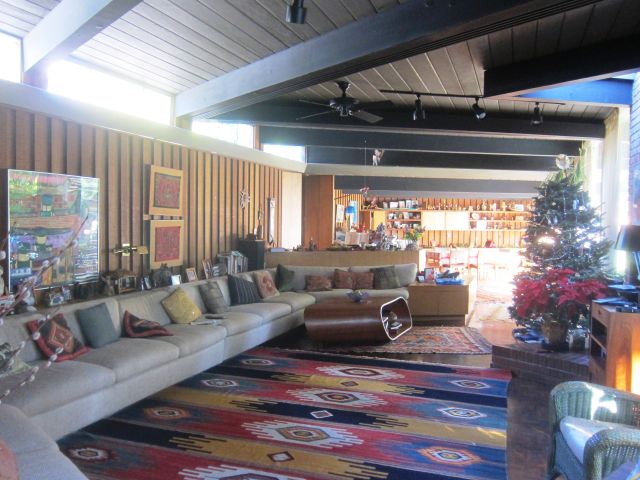 |
|
|
What if you could meet one of Joe Eichler’s original architects and ask him how it all happened, the wonderful phenomenon of Eichler homes? And what it all means for today?
You can, in a way, thanks to author JoAnne Stewart Wetzel, who interviewed architect Steve Allen in 1979 for her master’s thesis in art history at Stanford University.
William Stephen Allen (1912-1992) was partners with Bob Anshen in the first firm Eichler used to design his homes, Anshen and Allen, working for Eichler from 1949 to 1960.
An interview with Allen is included as an appendix to her thesis, ‘Anshen and Allen: Their Contributions to the development of the Eichler House.’
In it, Allen reveals interesting tidbits about how he and Anshen developed their architectural style, and how they worked with Eichler.
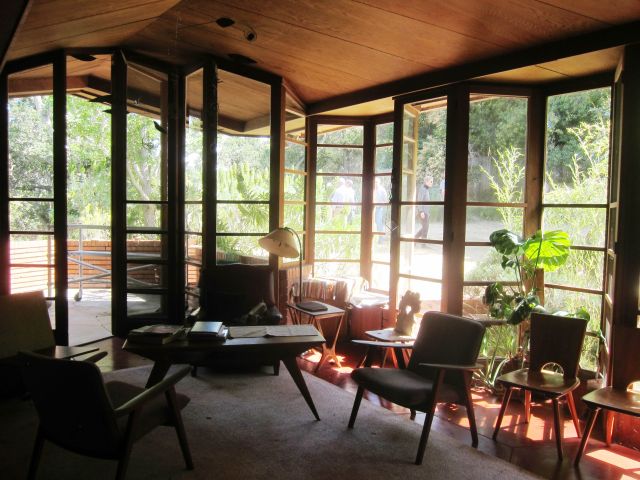 |
|
|
Allen also makes some assertions about how their relationship with Eichler originated that are probably wrong. These assertions certainly contradict the tale told by Joe’s son, the late Ned Eichler, who worked with his father.
Allen also makes a judgment about the value of Eichler homes in the world today (well, the world in 1979) that will shock and perhaps annoy many people who love these homes today.
By far the more sedate of the architectural pair (“If Anshen and Allen is bread,” the late architect Don Olsen said, “Steve Allen is the dough and Anshen is the yeast; the perfect combination” ), Allen is often overlooked in discussions of Eichler design, in part because Anshen was so dramatic. In fact, Allen was no mere second banana.
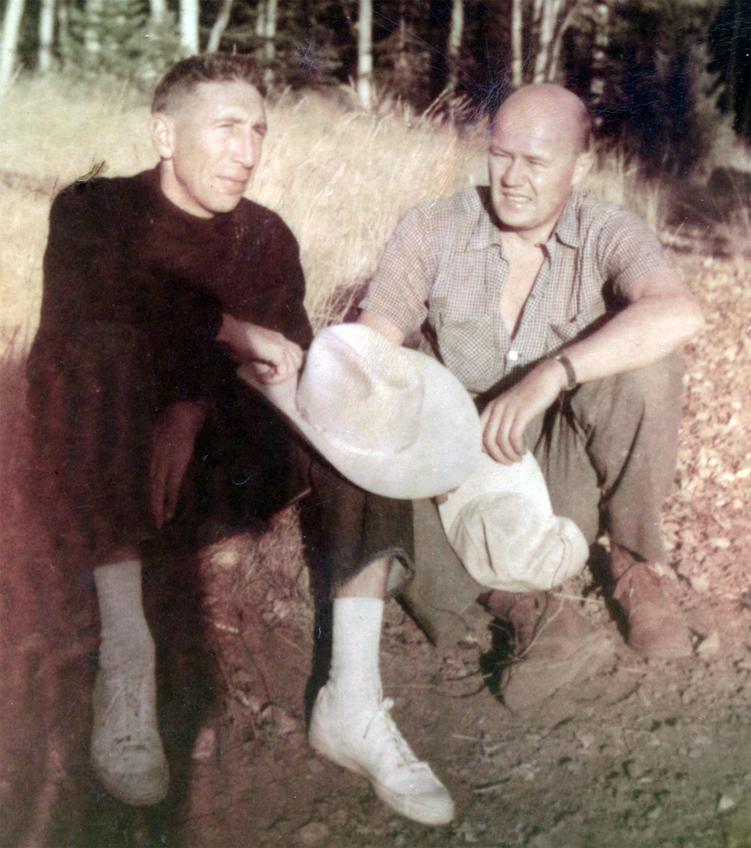 |
|
|
Both men contributed to their firm’s designs of Eichler homes, as did their employee, Claude Oakland, who oversaw the Eichler account for them. Then, with his own firm, Oakland took over the Eichler contract in 1960.
The tale of Eichler’s encounter and ongoing relationship with Anshen and Allen is dramatic, not least because Eichler more than once fired the pair after growing annoyed with Bob Anshen (which is not mentioned in Allen’s recounting here.)
But the tale is also dramatic for its impact on American suburbia. As Wetzel, an author of children’s books and more, puts it:
“It was not unusual for important twentieth-century architects to be interested in mass housing, and to write unceasingly on how it should be done. What was unusual was for them to actually build such housing. Anshen and Allen rarely took the time to put their ideas into writing, but they were responsible for thousands of mass produced homes of superior design.”
“In less than six years, by 1955, Eichler had received more awards for his homes than any other builder in America,” she writes, citing the magazine House and Home.
“This paper will discuss the history of the unusually productive collaboration between Eichler and Anshen and Allen from 1949 to 1958 and attempt to relate the product of that collaboration.”
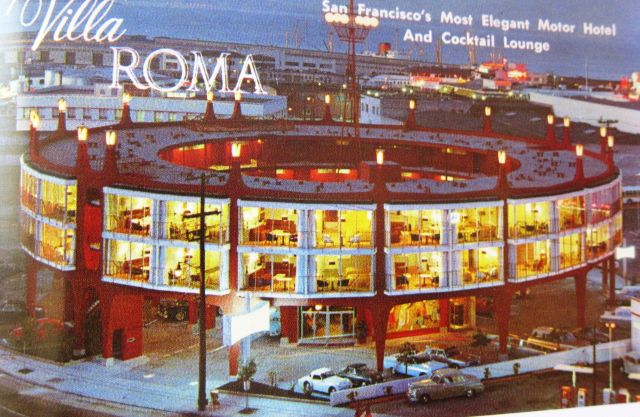 |
|
|
Allen was born Ocean Grove, N.J. Wetzel doesn’t mention that Ocean Grove is one of the most attractive and unique communities on the Jersey Shore, built and still run as a Methodist Camp Meeting town, with a collection of fine Victorian homes, many angled in such a way as to provide views of the ocean.
He and Anshen met studying architecture at the University of Pennsylvania at the start of the 1930s. Both were acolytes of Frank Lloyd Wright in the years before he became an icon. They met the master when he gave a talk at the Century Club in Philadelphia. They cadged seats in the front row.
Both visited Wright’s two home studios, Taliesen East at different times, and Taliesen West together.
“We also had an interesting personal relationship with him, but our feeling was that he was a man who cannot be copied,” Allen said of Wright.
Wouldn’t you like to know more about this “interesting personal relationship?"
In the interview Allen talks about meeting Eichler when they designed a remodel for apartments he owned in San Francisco, just as Eichler was entering the real estate business. Later they began designing a home for Joe and his family, Allen says, but postwar restrictions on material usage made it impossible for Eichler to build a house of more than 1,500 square feet, so the plan died.
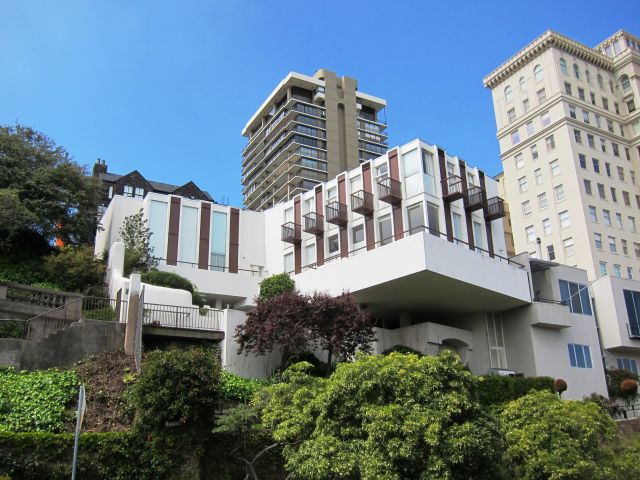 |
|
|
Here is where one wonders what Allen is forgetting. Allen doesn’t mention the house that he and Bob designed for Eichler that got built, and which still stands in Atherton – a house that recalls in plan and mood the Frank Lloyd Wright house where Joe and family lived during World War II.
About that, Allen says: “As far as I know, Joe Eichler never lived in a Wright house. He never spoke to us about it.”
And here is Ned recalling how Anshen and Allen first started working for Joe, a tale that flips 180 degrees from the tale told by Steve Allen.
Ned’s version describes a scene that he told us he actually witnessed. Anshen visited one of Joe’s early work sites, where homes had not been designed by architects. “Joe, what are you doing building this s… for?” Anshen said. “You’ve got better taste than this.” Anshen suggested Joe hire Anshen and Allen to design tract homes.
Eichler replied, according to Ned, “How can you design a house that can sell for $10,000 when you can’t design a house for me I can afford?" Bob replied, “I’ll design you a better house. Give me $2,500 for three designs.”
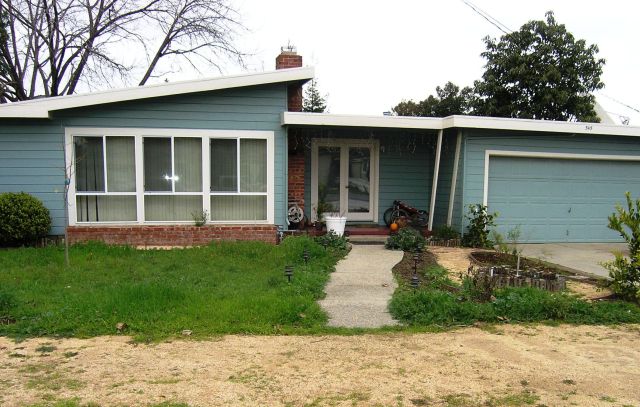 |
|
|
Ned recalls his dad, smoking a cigar, walking towards his office. “Two-thirds of the way there he said, without turning around, ‘Do it.’”
Allen, however, recalled that it was Joe who came to them asking for home designs – and that Bob answered, “I doubt if you’d want to pay the price.”
It’s hard to argue with a guy who was there but – how likely was that? Both Anshen and Allen, you might imagine, would leap at a chance to develop housing for the masses – something they had vowed to do since their student days.
Alternative facts? We may never know the truth.
We do know that one of Steve Allen’s predictions in the interview has not been borne out by time. This prediction concerned nothing less than the future value of Eichler homes. Remember, this interview happened just five years after Joe built his last home and died.
“Architecture can be, and is, an expression of a social situation,” he told Wetzel. “The Eichler houses were a great thing for their time. As far as I’m concerned, their time has passed.”
- ‹ previous
- 477 of 677
- next ›



